Your Search Results
Showing 81 - 90 of 142 results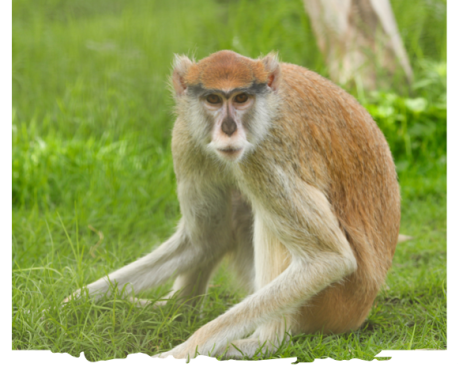
Patas Monkey
Fact: Instead of swinging from trees for locomotion, this monkey runs on all fours (arms and feet). And it runs fast - up to 55 kph. Habitat: Savanna and woodland. Threats: Hunted for meat and sold as pets. Also considered pests. Range: Western Ethiopia to Senegal. Additional Information: Adult male
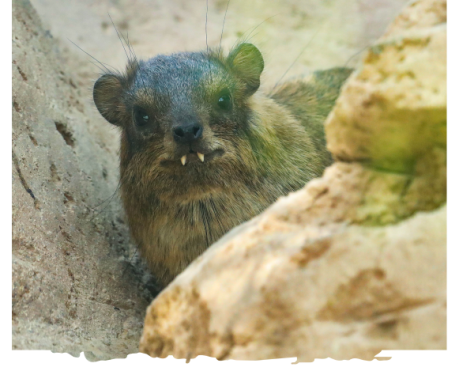
Rock Hyrax
Fact: Super cially looks like tailless guinea pig but actually closely related to elephants and manatees. Habitat: Rock scrublands, Savanna and Desert. Threats: Hunted for food, eradication as pests. Range: Sub-saharan Africa, South Africa, Arabian Peninsula including UAE. Additional information
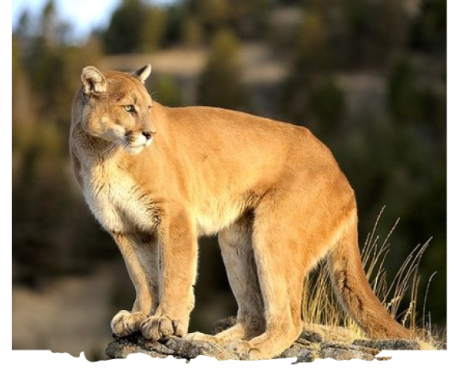
Puma
Fact: The geographic range of the puma is the largest of any mammal in the western hemisphere - from Canada through South America. Habitat: Mountain forests, swampland, grassland and dry brush. Threats: Hunting, habitat loss, declining prey species, shot as pests. Range: North and South America
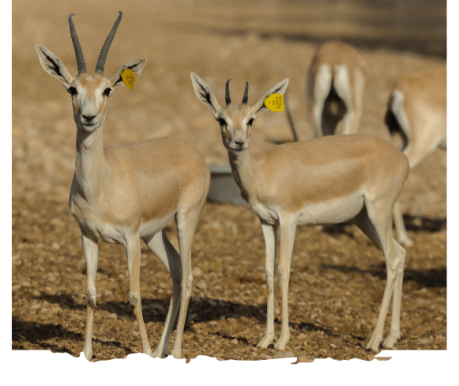
Sand Gazelle
Fact: The only antelope to regularly give birth to twins. Calves weigh about 2 kg at birth. Habitat: Dunes, sandy deserts and sub- desert steppes. Threats: Hunting; habitat loss; illegal live capture. Range: Arabian Peninsula. Additional information: The wild population is estimated to be less than
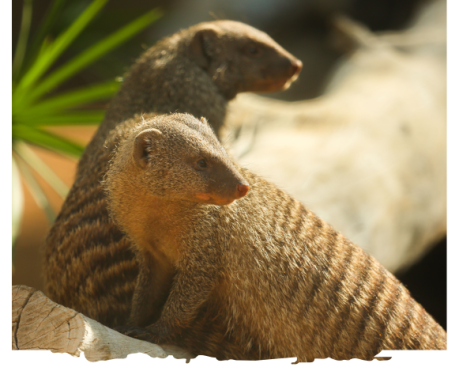
Banded Mongoose
Fact: They have a large head, small ears, short, muscular limbs and a long tail, almost as long as the rest of the body. Habitat: Open savannas, open forests and grassland. They are also found in dry, thorny bushland. Threats: Hunted for meat and as sporting trophies. Range: Sub-Saharan Africa
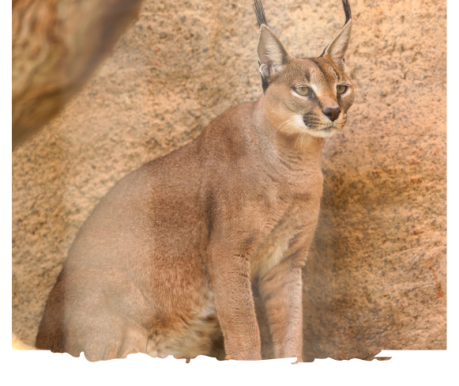
Caracal
Fact: The ears are large and pointed with long, erect tufts of hair on the tips. Habitat: Arid regions of woodland, savanna, and scrubland. Threats: Hunted as pests for attacking livestock. Also hunted for their skin and meat. Range: Africa, Central Asia, south-west Asia, Arabian Peninsula
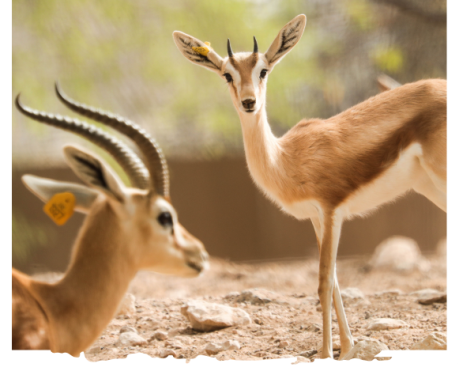
Speke’s Gazelle
Fact: This small gazelle is named after the British explorer Captain John Speke, who explored central Africa. Habitat: Stony brush, grass steppes and semi-desert areas. Threats: Expanding agriculture, habitat fragmentation, and hunting. Range: Somalia and Ethiopia. Additional Information
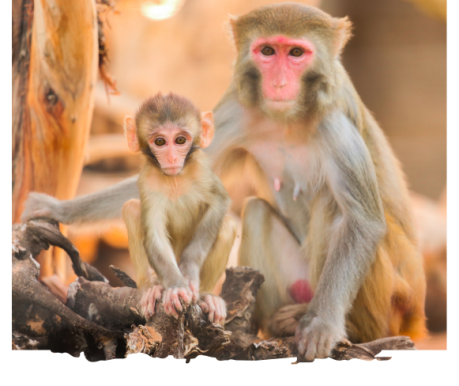
Rhesus Macaque
Fact: Rhesus macaques are one of the most studied non-human primates. Humans are the only primates with a broader geographic range. Habitat: Tropical and temperate forests, mangrove swamps and semi- desert areas. Threats: Considered pests and killed for raiding crops. Range: Asia, Afghanistan, India
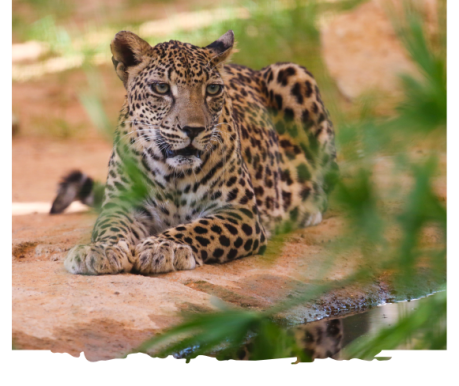
Arabian Leopard
Name: Arabian Leopard Scientific Name: Panthera pardus nimr Species: P. pardus Welcome to my home– I am an Arabian leopard, thought to be the smallest known leopard in the world, but I am the largest felines in the Arabian Peninsula. I live on the Arabian Peninsula and in Egypt. When I am fully
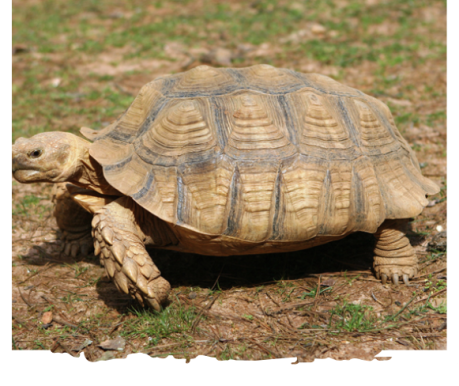
African Spurred Tortoise
Fact: They are the world’s largest mainland tortoise, with an adult weight of over 50 kg. Habitat: Semi-arid grasslands, savannas, and thorn shrublands. Threats: Habitat loss. Range: Sahara Desert and the Sahel. Additional information: The oldest recorded adult turtle of this species was 56 years